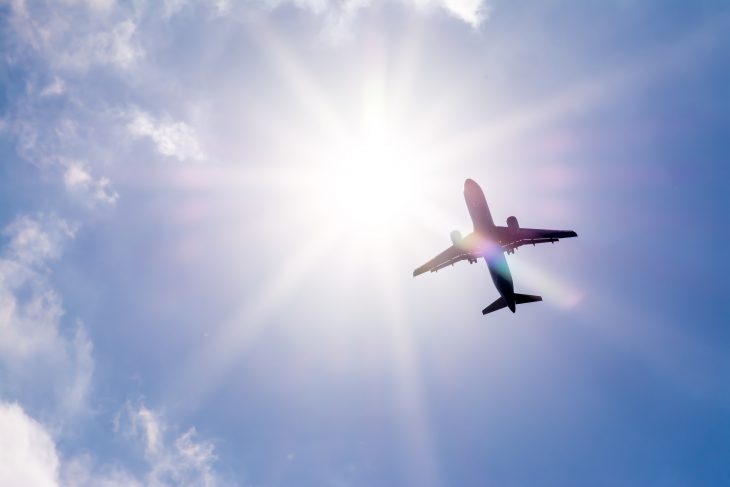As seen in history, humans have longed to join the birds and take flight. Some tried making artificial wings and flapping like our feathered friends, only to find no success and even fall to their deaths. Others decided to study how birds fly and create machines that mimicked their flight. While flapping wings were ultimately a dead end, these principles did lead to the development of one of humankind’s greatest achievements: the airplane.
Today, the airplane is something we often take for granted. Some of us may have ridden on one without giving it much thought. An airplane is a fascinating machine. It’s able to handle all sorts of jobs and be a robust showcase of humanity’s technological advancement. Depending on what job it is designed for or what it does, an airplane can fly higher and higher in the sky.
Commercial jet aircraft, such as the Boeing 737, Airbus A320, Boeing 787, and Airbus A330 fly as high as 38,000 ft (11,582.4 m). The now-retired supersonic airliner Concorde had a cruising altitude of up to 60,000 ft (18,288 m). Such a high altitude was necessary because air resistance is lower at such altitudes. This means reaching supersonic speeds is easier. Indeed, this is one advantage jet aircraft tend to have over propeller aircraft: they fly faster and have smoother flights because propeller planes can only fly at altitudes where turbulence is more common.
How H
There are many different kinds of aircraft that use propellers. One kind is the piston-engine plane, whose engine is similar to that of a car. Planes of this kind include the ubiquitous Cessna 172, the most popular aircraft in the world. The other kind is the turboprop engine. A turboprop is actually similar to a jet plane, but instead of using large fans to provide thrust, the engine shafts drive a large propeller. Most commercial propeller planes, such as the Lockheed C-130 and the ATR family of commuter aircraft, use turboprops.
Regardless of what kind of engine a propeller plane uses, its height ceiling is limited. Skydiving planes, which are usually propeller aircraft, fly at around 12,000 ft (3657.6 m). Student pilots fly from as low as around 2,500 ft (762 m) above the ground to as high as 8,000 ft (2438.4 m). Turboprop commercial aircraft, such as the Bombardier Dash 8 and the ATR 72, tend to cruise up to 27,000 ft (8229.6 m). Some propeller aircraft can fly as high as 12,500 ft (3810 m) but they rarely cruise at this altitude.
In general, propeller aircraft do not have the thrust to fly above certain altitudes due to less air. However, the record for the highest altitude flown by a propeller plane is 96,863 ft (29,524 m). This was accomplished in 2001 by the NASA-developed Helios Prototype robotic aircraft. This was also the record for the highest sustained flight by a winged aircraft, but not the highest altitude reached by one.
How High Do Military Planes Fly?
Military aircraft have a wide variety of height ceilings depending on their kind and purpose. For example, the Lockheed C-130 Hercules and its variants tend to fly as high as 12,000 ft (3657.6 m). Military transport aircraft such as C-17 fly at around the same altitude as airliners.
Fighter jets usually fly at around 40,000 ft (12,192 m) during combat missions. However, when necessary, they can rise up and fly as high as 65,000 ft (19,812 m). This can happen during dogfights as well as in other circumstances. Interceptors, a kind of fighter jet intended to intercept bombers and high-speed aircraft, regularly fly above 66,000 ft (20,116.8 m).
The Lockheed U-2, a plane used for reconnaissance purposes, flies above 70,000 ft (21,336 m). This high altitude is necessary to help avoid detection by both land and air-based defense systems.
Fun fact: Did you know that whenever a U-2 lands, it needs to have a chase car going behind it? See this video to find out why.
In 1972, the Lockheed SR-71 spy plane broke the record for the highest sustained powered flight. It reached an altitude of 85,069 ft (25,929 m). The SR-71 is also the fastest air-breathing crewed plane ever, as it could reach top speeds of Mach 3.3 (2,193.2 mph/3,529.6 kph).
